1. Murphy GS, Szokol JW, Marymont JH, Greenberg SB, Avram MJ, Vender JS, et al. Cerebral oxygen desaturation events assessed by near-infrared spectroscopy during shoulder arthroscopy in the beach chair and lateral decubitus positions. Anesth Analg. 2010; 111:496–505.

2. Moerman AT, De Hert SG, Jacobs TF, De Wilde LF, Wouters PF. Cerebral oxygen desaturation during beach chair position. Eur J Anaesthesiol. 2012; 29:82–7.

3. Hayashi K, Tanabe K, Minami K, Sakata K, Nagase K, Iida H. Effect of blood pressure elevation on cerebral oxygen desaturation in the beach chair position. Asian J Anesthesiol. 2017; 55:13–6.

4. Ko SH, Cho YW, Park SH, Jeong JG, Shin SM, Kang G. Cerebral oxygenation monitoring of patients during arthroscopic shoulder surgery in the sitting position. Korean J Anesthesiol. 2012; 63:297–301.

5. Cardim D, Robba C, Matta B, Tytherleigh-Strong G, Kang N, Schmidt B, et al. Cerebrovascular assessment of patients undergoing shoulder surgery in beach chair position using a multiparameter transcranial Doppler approach. J Clin Monit Comput. 2019; 33:615–25.

6. Lee JH, Min KT, Chun YM, Kim EJ, Choi SH. Effects of beach-chair position and induced hypotension on cerebral oxygen saturation in patients undergoing arthroscopic shoulder surgery. Arthroscopy. 2011; 27:889–94.

7. Soeding PF, Hoy S, Hoy G, Evans M, Royse CF. Effect of phenylephrine on the haemodynamic state and cerebral oxygen saturation during anaesthesia in the upright position. Br J Anaesth. 2013; 111:229–34.

8. Jeong H, Jeong S, Lim HJ, Lee J, Yoo KY. Cerebral oxygen saturation measured by near-infrared spectroscopy and jugular venous bulb oxygen saturation during arthroscopic shoulder surgery in beach chair position under sevoflurane-nitrous oxide or propofol-remifentanil anesthesia. Anesthesiology. 2012; 116:1047–56.

9. Tauchen AJ, Salazar D, Barton GJ, Francois A, Tonino P, Garbis NG, et al. The effect of compression stockings on cerebral desaturation events in obese patients undergoing shoulder arthroscopy in the beach-chair position. Arthroscopy. 2015; 31:2352–64.

10. Kim JY, Lee JS, Lee KC, Kim HS, Park CH, Kwak HJ. The effect of sequential compression device on hypotension in the sitting position during shoulder arthroscopy; a comparison with elastic stocking. Korean J Anesthesiol. 2009; 57:417–21.

11. Kwak HJ, Lee JS, Lee DC, Kim HS, Kim JY. The effect of a sequential compression device on hemodynamics in arthroscopic shoulder surgery using beach-chair position. Arthroscopy. 2010; 26:729–33.

12. Dudkiewicz M, Proctor KG. Tissue oxygenation during management of cerebral perfusion pressure with phenylephrine or vasopressin. Crit Care Med. 2008; 36:2641–50.

13. Woo JH, Kim YJ, Jeong JS, Chae JS, Lee YR, Chon JY. Compression stockings reduce the incidence of hypotension but not that of cerebral desaturation events in the beach-chair position: a randomized controlled trial. Korean J Anesthesiol. 2018; 71:127–34.

14. Liberati A, Altman DG, Tetzlaff J, Mulrow C, Gøtzsche PC, Ioannidis JP, et al. The PRISMA statement for reporting systematic reviews and meta-analyses of studies that evaluate health care interventions: explanation and elaboration. PLoS Med. 2009; 6:e1000100.

15. Higgins JP, Altman DG, Gøtzsche PC, Jüni P, Moher D, Oxman AD, et al. The Cochrane Collaboration's tool for assessing risk of bias in randomised trials. BMJ. 2011; 343:d5928.

16. Higgins JP, Thomas J, Chandler J, Cumpston M, Li T, Page MJ, et al. Cochrane Handbook for Systematic Reviews of Interventions version 6.2 [Internet]. London: Cochrane [updated 2021 Feb; cited 2021 Aug 21]. Available from
www.training.cochrane.org/handbook.
17. Sedgwick P. Intention to treat analysis versus per protocol analysis of trial data. BMJ. 2015; 350:h681.

18. Higgins JP, White IR, Anzures-Cabrera J. Meta-analysis of skewed data: combining results reported on log-transformed or raw scales. Stat Med. 2008; 27:6072–92.

19. Atkins D, Best D, Briss PA, Eccles M, Falck-Ytter Y, Flottorp S, et al. Grading quality of evidence and strength of recommendations. BMJ. 2004; 328:1490.

20. Cho SY, Kim SJ, Jeong CW, Jeong CY, Chung SS, Lee J, et al. Under general anesthesia arginine vasopressin prevents hypotension but impairs cerebral oxygenation during arthroscopic shoulder surgery in the beach chair position. Anesth Analg. 2013; 117:1436–43.

21. Cho SY, Kim J, Park SH, Jeong S, Chung SS, Yoo KY. Vasopressin ameliorates hypotension induced by beach chair positioning in a dose-dependent manner in patients undergoing arthroscopic shoulder surgery under general anesthesia. Korean J Anesthesiol. 2015; 68:232–40.

22. Frey K, Rehm M, Chappell D, Eisenlohr J, Crispin A, Saller T, et al. Preemptive volume therapy to prevent hemodynamic changes caused by the beach chair position: hydroxyethyl starch 130/0.4 versus Ringer's acetate-a controlled randomized trial. J Shoulder Elbow Surg. 2018; 27:2129–38.

23. Ghandour TM, Abdelrahman AA, Ibrahim MA, Zaki MB. Does the degree of beach chair position during shoulder arthroscopy affect cerebral oxygenation? A prospective comparative study. Curr Orthop Pract. 2017; 28:353–7.

24. Golz AG, Davis WJ, Perry MW, Tonino PM, Garbis NG, Salazar DH. Improving the safety of shoulder arthroscopy in the beach chair position: a prospective randomized trial investigating the effect of compression stockings on cerebral desaturation events in obese patients. J Shoulder Elbow Surg. 2020; 29:2027–35.

25. Jang EA, Song JA, Shin JY, Yoon JJ, Yoo KY, Jeong S. Background anaesthetic agents do not influence the impact of arginine vasopressin on haemodynamic states and cerebral oxygenation during shoulder surgery in the beach chair position: a prospective, single-blind study. BMC Anesthesiol. 2017; 17:73.
26. Kwak HJ, Lee D, Lee YW, Yu GY, Shinn HK, Kim JY. The intermittent sequential compression device on the lower extremities attenuates the decrease in regional cerebral oxygen saturation during sitting position under sevoflurane anesthesia. J Neurosurg Anesthesiol. 2011; 23:1–5.

27. Kwak HJ, Lee JY, Wha Lee J, Kim HS, Hur HJ, Kim JY. Effect of mild hypercapnia on lung oxygenation in sitting position during shoulder arthroscopy under general anesthesia. Med Sci Monit. 2017; 23:843–9.

28. Murphy GS, Szokol JW, Avram MJ, Greenberg SB, Shear TD, Vender JS, et al. Effect of ventilation on cerebral oxygenation in patients undergoing surgery in the beach chair position: a randomized controlled trial. Br J Anaesth. 2014; 113:618–27.

29. Oh CS, Sa M, Park HJ, Piao L, Oh KS, Kim SH. Effects of remote ischemic preconditioning on regional cerebral oxygen saturation in patients in the beach chair position during shoulder surgery: a double-blind randomized controlled trial. J Clin Anesth. 2020; 61:109661.

30. Higgins JP, Green S. Chapter 10: Addressing reporting biases. Cochrane Handbook for Systematic Reviews of Intervention. Version 5.1.0 [Internet]. London: The Cochrane Collaboration [updated 2011 Mar; cited 2021 Aug 21]. Available from
https://training.cochrane.org/handbook/archive/v5.1/.
31. Davie SN, Grocott HP. Impact of extracranial contamination on regional cerebral oxygen saturation: a comparison of three cerebral oximetry technologies. Anesthesiology. 2012; 116:834–40.
32. Aguirre JA, Etzensperger F, Brada M, Guzzella S, Saporito A, Blumenthal S, et al. The beach chair position for shoulder surgery in intravenous general anesthesia and controlled hypotension: impact on cerebral oxygenation, cerebral blood flow and neurobehavioral outcome. J Clin Anesth. 2019; 53:40–8.

33. Bein B, Cavus E, Dörges V, Stadlbauer KH, Tonner PH, Steinfath M, et al. Arginine vasopressin reduces cerebral oxygenation and cerebral blood volume during intact circulation in swine---a near infrared spectroscopy study. Eur J Anaesthesiol. 2005; 22:62–6.
34. Suzuki Y, Satoh S, Oyama H, Takayasu M, Shibuya M, Sugita K. Vasopressin mediated vasodilation of cerebral arteries. J Auton Nerv Syst. 1994; 49 Suppl:S129–32.

35. Wong C, Churilov L, Cowie D, Tan CO, Hu R, Tremewen D, et al. Randomised controlled trial to investigate the relationship between mild hypercapnia and cerebral oxygen saturation in patients undergoing major surgery. BMJ Open. 2020; 10:e029159.

36. Kusku A, Demir G, Cukurova Z, Eren G, Hergunsel O. Monitorization of the effects of spinal anaesthesia on cerebral oxygen saturation in elder patients using near-infrared spectroscopy. Braz J Anesthesiol. 2014; 64:241–6.

37. Massa-Buck B, Amendola V, McCloskey R, Rais-Bahrami K. Significant correlation between regional tissue oxygen saturation and vital signs of critically ill infants. Front Pediatr. 2017; 5:276.

38. Yadeau JT, Liu SS, Bang H, Shaw PM, Wilfred SE, Shetty T, et al. Cerebral oximetry desaturation during shoulder surgery performed in a sitting position under regional anesthesia. Can J Anaesth. 2011; 58:986–92.

39. Triplet JJ, Lonetta CM, Levy JC, Everding NG, Moor MA. Cerebral desaturation events in the beach chair position: correlation of noninvasive blood pressure and estimated temporal mean arterial pressure. J Shoulder Elbow Surg. 2015; 24:133–7.

40. Closhen D, Pestel G, Engelhard K. Cerebral oxygen saturation and cardiac output during anaesthesia in sitting position for neurosurgical procedures: a prospective observational study. Br J Anaesth. 2016; 117:482–8.
41. Kocaoglu B, Ozgen SU, Toraman F, Karahan M, Guven O. Foreseeing the danger in the beach chair position: are standard measurement methods reliable? Knee Surg Sports Traumatol Arthrosc. 2015; 23:2639–44.

42. YaDeau JT, Kahn RL, Lin Y, Goytizolo EA, Gordon MA, Gadulov Y, et al. Cerebral oxygenation in the sitting position is not compromised during spontaneous or positive-pressure ventilation. HSS J. 2019; 15:167–75.

43. Cox RM, Jamgochian GC, Nicholson K, Wong JC, Namdari S, Abboud JA. The effectiveness of cerebral oxygenation monitoring during arthroscopic shoulder surgery in the beach chair position: a randomized blinded study. J Shoulder Elbow Surg. 2018; 27:692–700.

44. Meng L, Cannesson M, Alexander BS, Yu Z, Kain ZN, Cerussi AE, et al. Effect of phenylephrine and ephedrine bolus treatment on cerebral oxygenation in anaesthetized patients. Br J Anaesth. 2011; 107:209–17.

45. Vanpeteghem CM, Bruneel BY, Lecoutere IM, De Hert SG, Moerman AT. Ephedrine and phenylephrine induce opposite changes in cerebral and paraspinal tissue oxygen saturation, measured with near-infrared spectroscopy: a randomized controlled trial. J Clin Monit Comput. 2020; 34:253–9.

46. Moerman A, Vandenplas G, Bové T, Wouters PF, De Hert SG. Relation between mixed venous oxygen saturation and cerebral oxygen saturation measured by absolute and relative near-infrared spectroscopy during off-pump coronary artery bypass grafting. Br J Anaesth. 2013; 110:258–65.

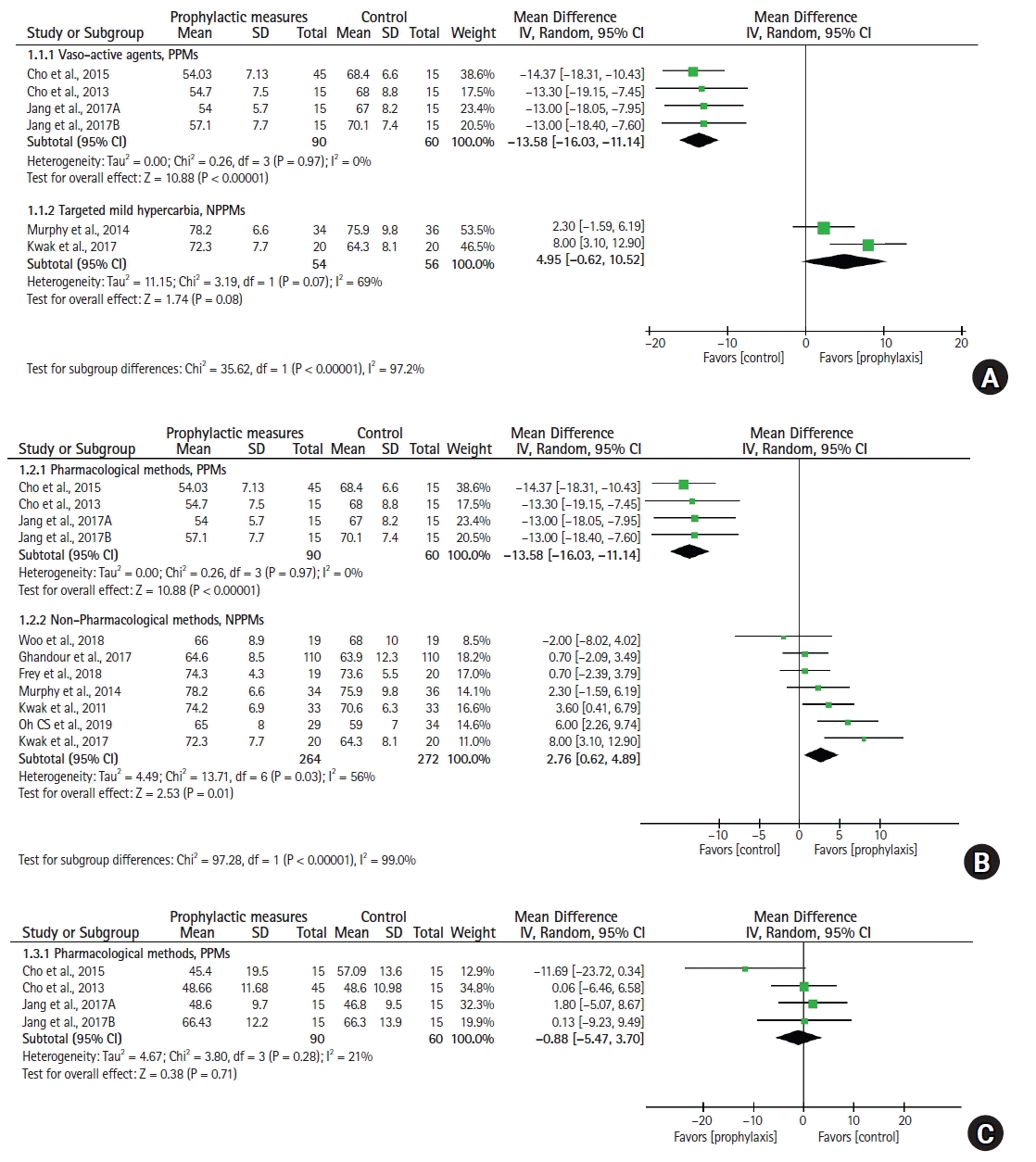
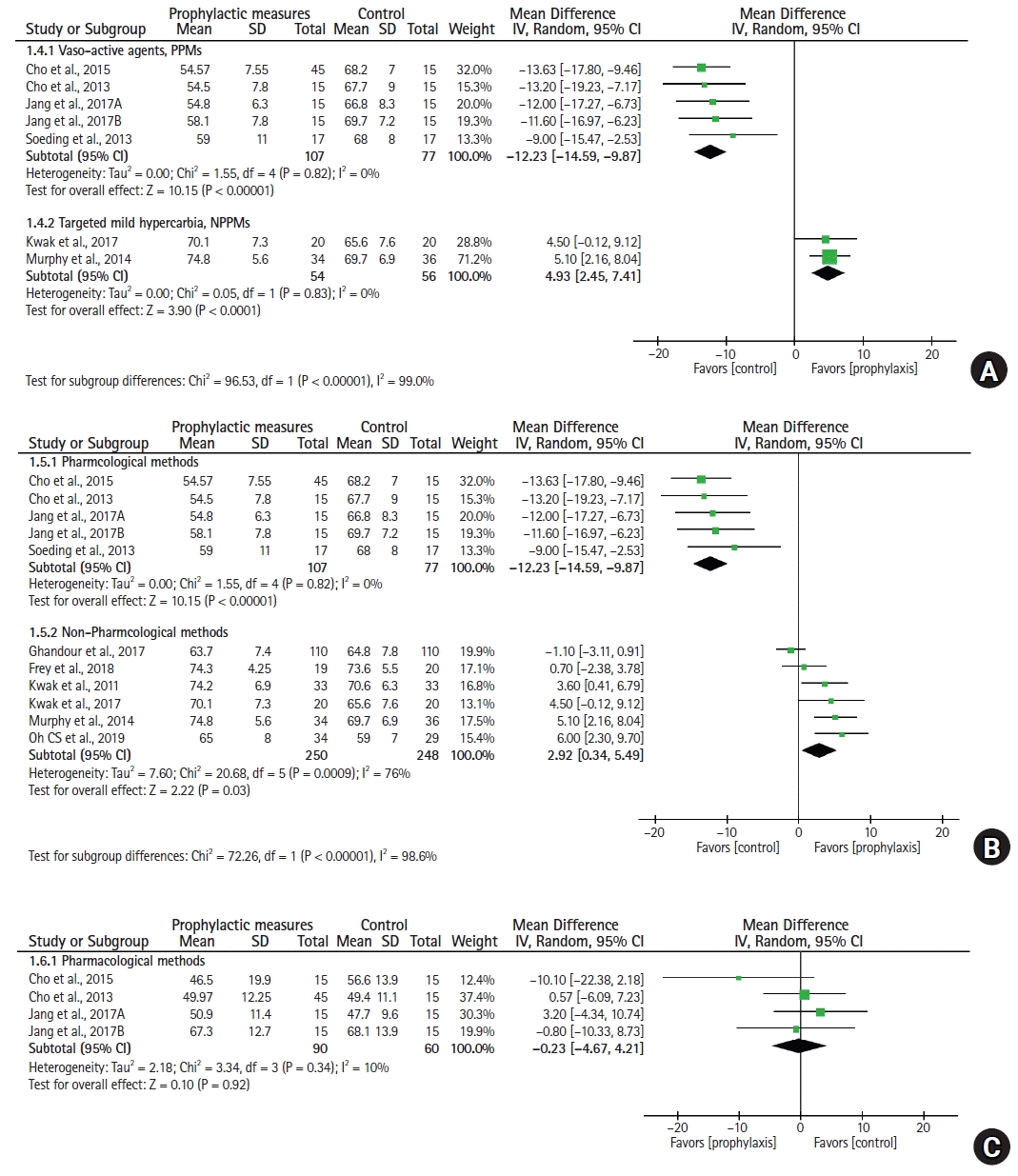
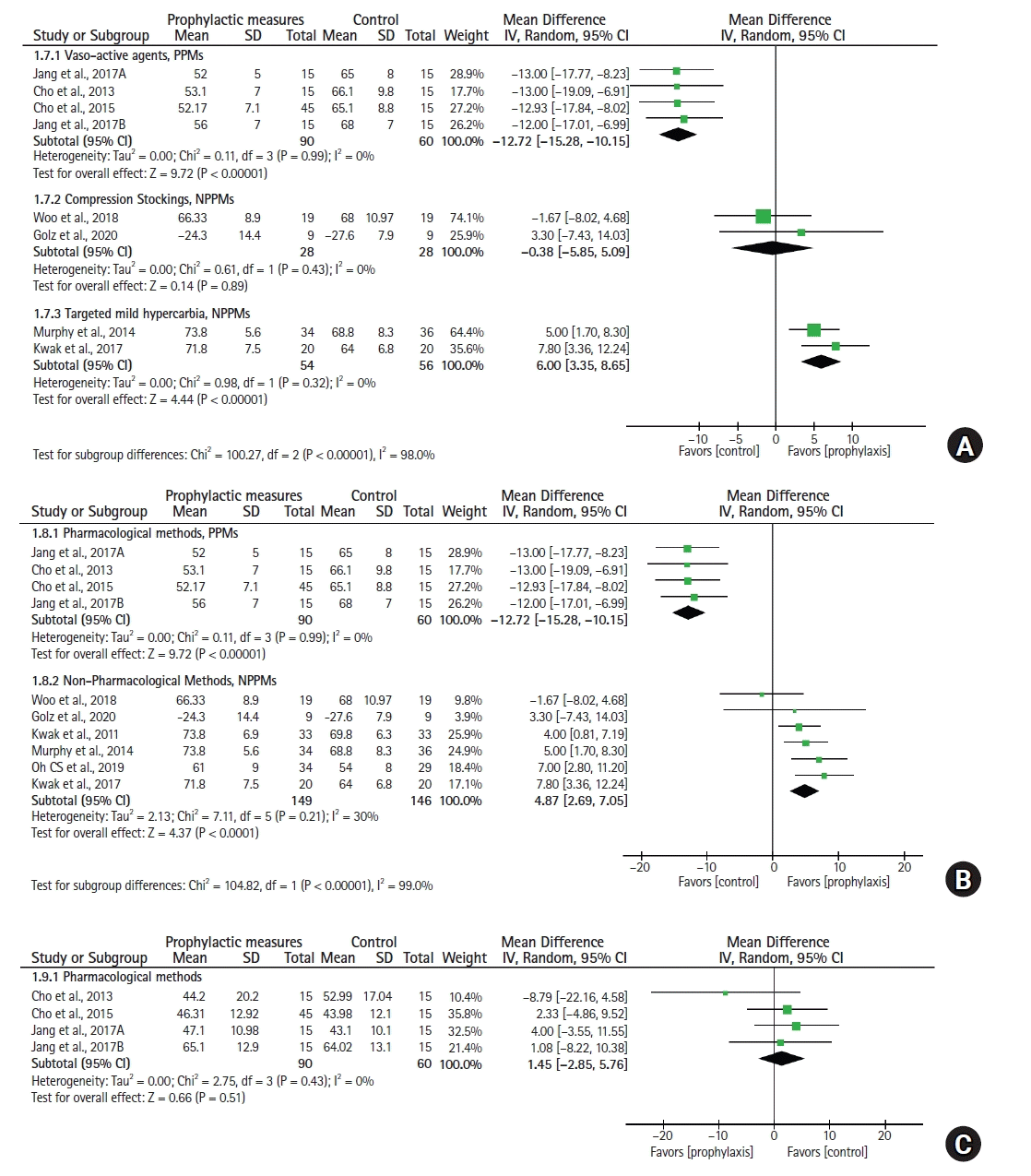
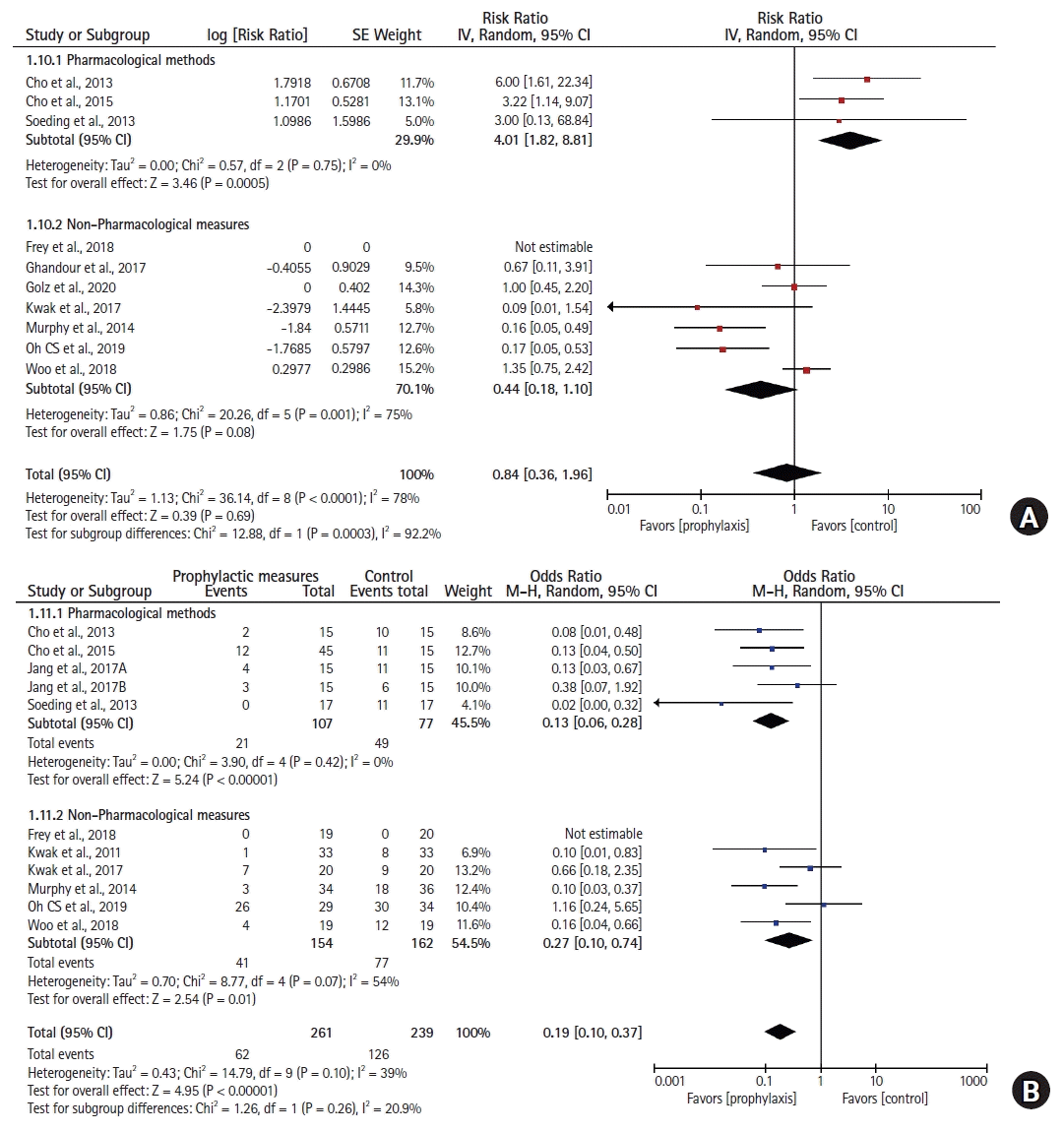




 PDF
PDF Citation
Citation Print
Print



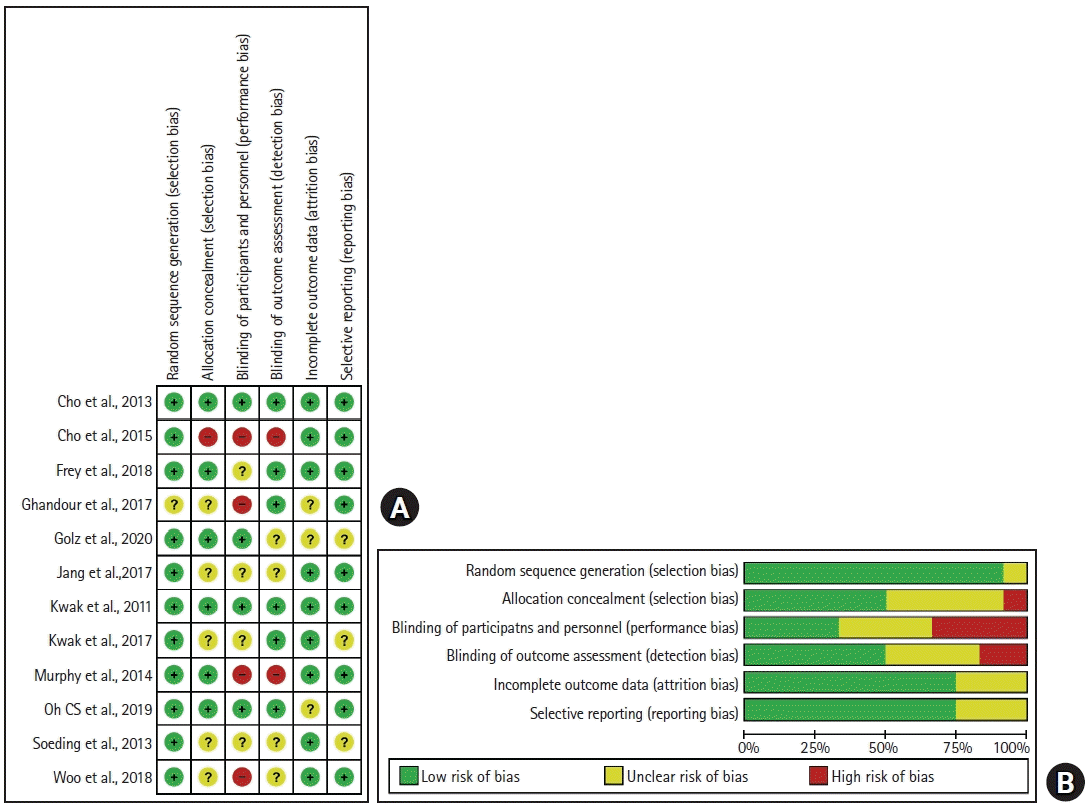
 XML Download
XML Download